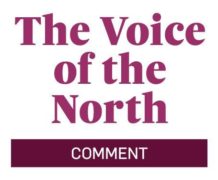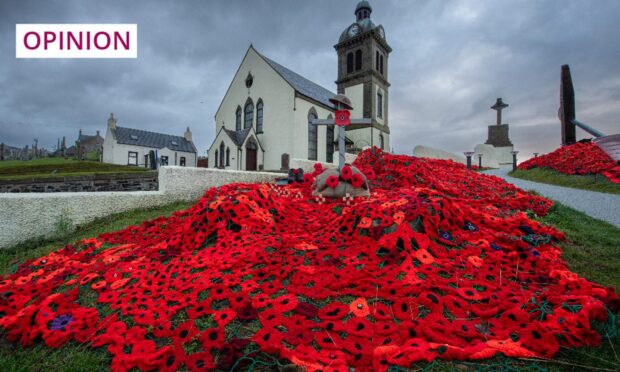For more than a century, the UK has observed a two-minute silence on Armistice Day, pausing at the 11th hour on the 11th day of the 11th month to remember those who lost their lives defending fellow countrypeople.
The power of the silence’s simple but consistent gesture is enormous, particularly as the pace of life quickens with each new year and technological advancement. Though a great act of togetherness, remembrance is also deeply personal and likely means something different to each and every one of us.
 While the two-minute silence tradition initially began after the horrors of World War One, sadly there have been many devastating conflicts since, with unimaginable violence happening currently in Ukraine, the Middle East and Sudan, to give just three examples.
While the two-minute silence tradition initially began after the horrors of World War One, sadly there have been many devastating conflicts since, with unimaginable violence happening currently in Ukraine, the Middle East and Sudan, to give just three examples.
These wars may be geographically distant, but our society is more connected than ever. As a result, the atrocities and suffering going on feel close to home.
Today, the tragic photos and footage from these locations are poignant, unavoidable proof that, though the majority wish for a peaceful existence, war is by no means a thing of the past.
“Lest we forget” is a phrase often used around this time of year, pertaining to the heartbreaking human pain and sacrifice that results from any conflict.
During the First and Second World Wars, communities across the north and north-east were shattered by the loss of so many young men who never returned from military action.
Now, many years later, communities far away but just like ours are experiencing the same trauma, while simultaneously fearing for civilian safety. We absolutely must not forget wartime hardship and compassion: the people currently living through it need support and understanding from their global neighbours.
Paramount that we remember while pushing forward for peace
This weekend, there are many organised remembrance events taking place across the Highlands, Moray, Aberdeen and Aberdeenshire.
There are also local people putting great effort into creating visual tributes to fallen war heroes, such as the 17,000 knitted poppies at Macduff Parish Church, and the 23 foot slate poppy on the roof of The Hub in Inverness.
These displays will bring comfort to many who see them, and provide a space for some who cannot attend an official remembrance gathering to pay their respects in their own way.
It is vital that we pause and look back to thank and commemorate the Scots who made the ultimate sacrifice. It is also paramount that we look forward with hope and wisdom, and use our energy and empathy however we are able to work together towards peace. To paraphrase Inverary-born journalist and poet Neil Munro, we are still dreeing the dolours of war.
The Voice of the North is The Press & Journal’s editorial stance on what we think are the most important issues of the week



Conversation